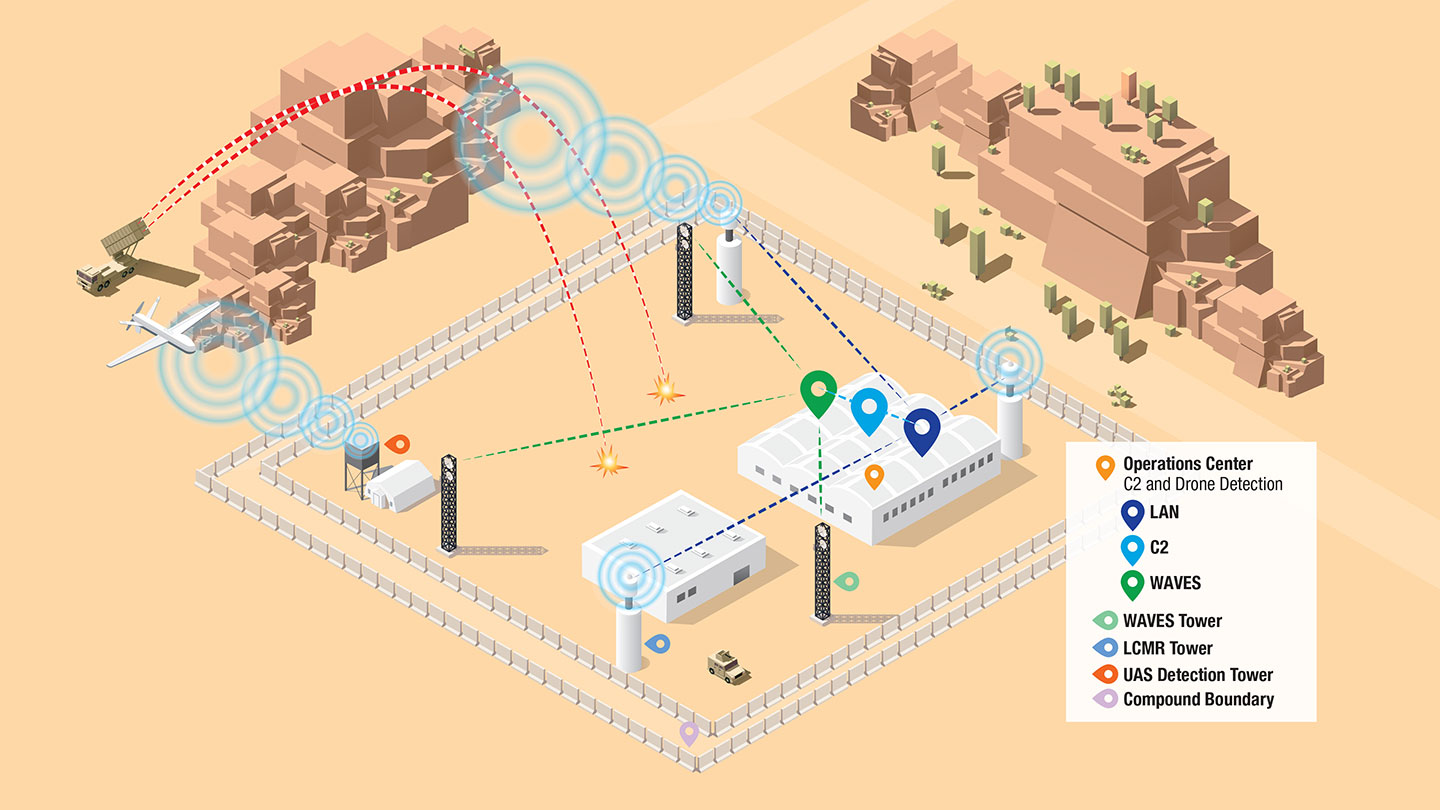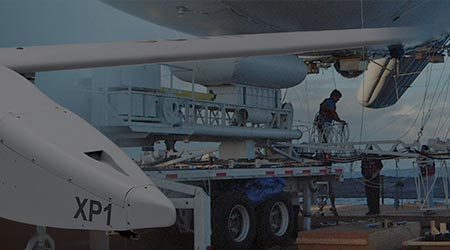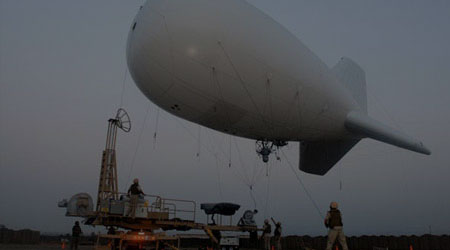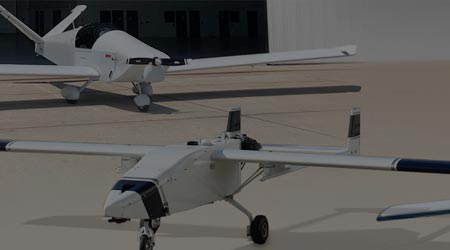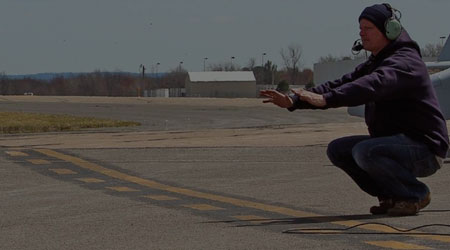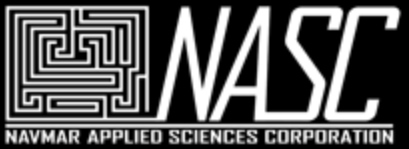
Combat Systems Development & Support
Combat Systems Development & Support

The NASC Combat Systems Development and Support Sector comprehensively understands the framework, planning, and assessment necessary for developing comprehensive solutions in managing all aspects of employment, operations, design, sustainment and integration of Radar & Sensor Systems in support of Force Protection, Targeting, Counter Fire & Target Acquisition, Intelligence, Surveillance and Reconnaissance functions.
With teams located throughout CONUS and OCONUS, the NASC Combat Systems Development and Support Sector provides comprehensive RADAR, Sensor, UAS Detection, Targeting and Command, Control, Communications, Computers, Intelligence, Surveillance and Reconnaissance, (C4ISR) expertise. This includes training and the curriculum development associated with all our programs.
NASC is adept and brings a wealth of current experience in the C4ISR functional areas throughout the DOTMLPF-P domains ranging from the integration of automated command and control systems with Radar sensors, targeting and fires processes and airspace coordination and de-confliction. This experience supports multi-domain targeting and combined arms as a function of the greater fires warfighting function.

The NASC Combat Systems Development and Support Sector comprehensively understands the framework, planning, and assessment necessary for developing comprehensive solutions in managing all aspects of employment, operations, design, sustainment and integration of Radar & Sensor Systems in support of Force Protection, Targeting, Counter Fire & Target Acquisition, Intelligence, Surveillance and Reconnaissance functions.
With teams located throughout CONUS and OCONUS, the NASC Combat Systems Development and Support Sector provides comprehensive RADAR, Sensor, UAS Detection, Targeting and Command, Control, Communications, Computers, Intelligence, Surveillance and Reconnaissance, (C4ISR) expertise. This includes training and the curriculum development associated with all our programs.
NASC is adept and brings a wealth of current experience in the C4ISR functional areas throughout the DOTMLPF-P domains ranging from the integration of automated command and control systems with Radar sensors, targeting and fires processes and airspace coordination and de-confliction. This experience supports multi-domain targeting and combined arms as a function of the greater fires warfighting function.
Fire Support Systems & Sensors Group
NASC Fire Support Systems & Sensors Group is proficient at developing and retaining a talented workforce and provides its employees with resources and training necessary to deliver outstanding technical support. With extensive and ongoing training experience in fire support, targeting, and target acquisition, our Subject Matter Experts (SMEs) provide analysis of emerging requirements, testing, fielding and training of new equipment.
NASC SMEs also provide turnkey support of curriculum development, training, technical manual development, and doctrinal development in support of technical, tactical, and operational functions in the fires functional area. NASC only assigns knowledgeable, qualified professionals to every customer task.
Fire Support Systems & Sensors Group Services & Capabilities:
- Trained and Certified curriculum developers
- Warfighting Publications
- Technical Manuals and Field Circulars with a primary focus on Artillery Operations
- Target Acquisition Tactics Techniques and Procedures
- Target Acquisition Warrant Officer Basic Course development & maintenance
- SME technical and tactical training as well as maintenance, logistics and support for USMC GPS Survey replacement and Topographic Surveyors
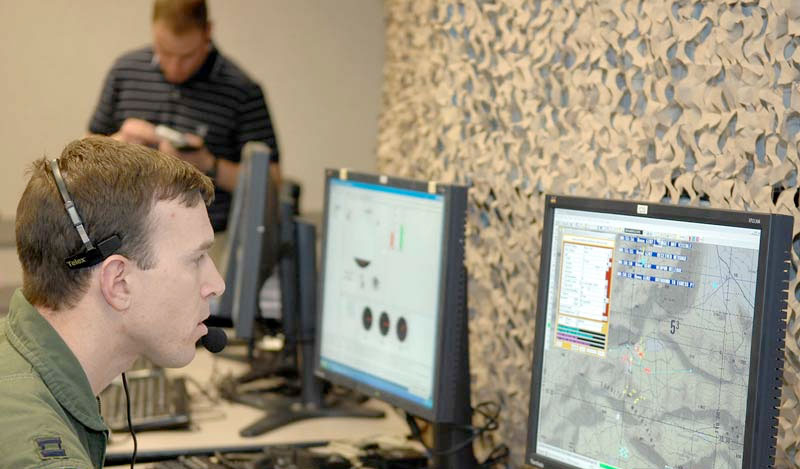
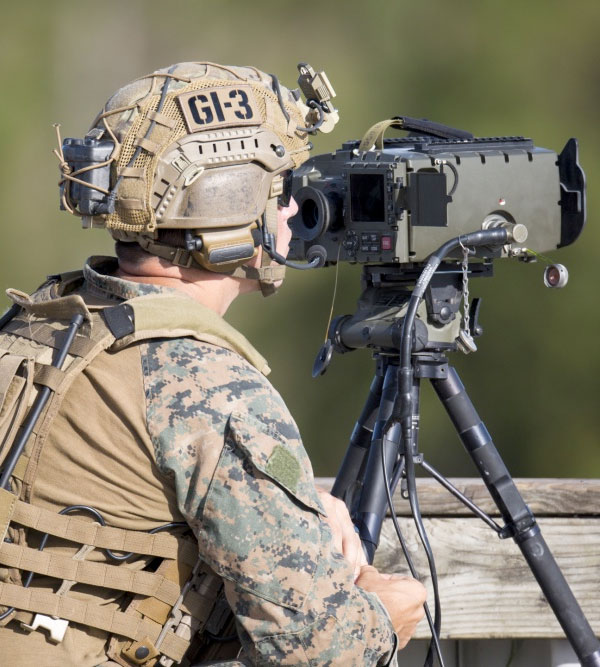
Combat Systems Targeting Group
The NASC Combat Systems Development and Support Sector trains U.S. Marine and Naval Special Warfare Joint Fires Observers and Joint Terminal Attack Controllers providing turnkey training and curriculum support to this critical combat capability.
Combat Systems Targeting Group consists of Joint Terminal Air Controller (JTAC) Instructors/Evaluators at Expeditionary Warfare Training Group Pacific and Prior Terminal Attack Controllers certifying Marine Officers at the Fires Center of Excellence in Fort Sill OK. Additionally, NASC provides Fires and Targeting SMEs to support the continued development of Marine Corps’ Target Handoff System (THS) in integrating emerging technologies enhancing the lethality and efficiency of the Warfighter.
Combat Systems Targeting Group Services & Capabilities:
- USMC Target Handoff System V2 – Tactical Handheld Command and Control system for Joint Terminal Attack Controllers, Forward Air Controllers, and Joint Fires Observers (JFO)
- Joint Fires Observer and Tactical Air Control Party (TACP) training and certification
- Turnkey JFO/JTAC training development support to Marines at the tactical edge
- Instruction and certification for USMC and Joint Memorandum of Agreement Signatory nations
- Certify all USMC Artillery Officers as Joint Fires Observers at the Fires Center of Excellence, Ft. Sill, OK
Radar Support Group
NASC Radar Support Group personnel routinely conduct site surveys, site designs and installations, operations, and sustainment planning and management of critical life safety radar based system of systems at several diplomatic posts in high threat areas for the U. S. Department of State’s (DoS), Diplomatic Security Service (DSS).
The Radar Support Group deploys teams of highly skilled Radar Subject Matter Experts (SMEs) serving in multiple roles as RADAR operators/maintainers, Counter-Unmanned Aerial System (C-UAS) detection system operators, and Early Warning Command and Control (C2) operators as part of the DOS Sense & Warn program.
Radar Support Group Operations consist of the following highlights:
- RADAR and C2 SMEs operate and maintain a sensor network consisting of the Q-49 Lightweight Counter Mortar Radar (Q-49 LCMR) and Giraffe Agile Multi-Beam (G-AMB) Radar systems inter-connected via a communications network.
- SMEs conduct operations using the Forward Area Air Defense Command and Control (FAADC2) system enabling force protection in the areas of air surveillance, issuance of critical life-safety early warning of a rocket, artillery, or mortar attack, and generation of near real time threat intelligence.
- NASC Radar Teams operate and monitor a C-UAS system to support emerging Diplomatic Security detection, monitoring, and reporting of threats. NASC Radar teams are adeptly skilled in the end-to-end management of all aspects of Radar employment, integration, operations and maintenance.
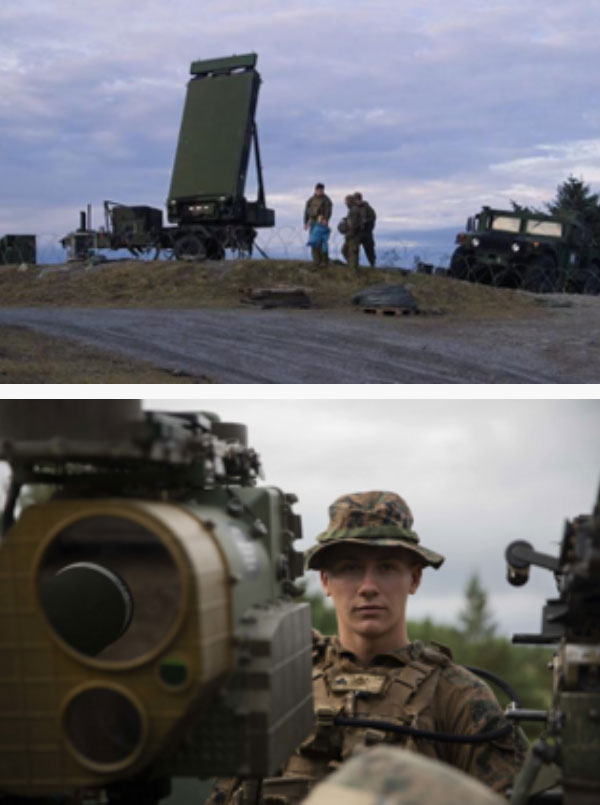
Radar Support Group Services & Capabilities
- Provide Radar SMEs capable of operating networked system of systems
- Global support to netted sensors early detection and warning of threat indirect fire and hostile unmanned aircraft
- Operations and Research in support of emerging radar technology
- Study and support to radar data fusion initiatives
- Subject Matter Expert (SME) support to the Marine Corps RADAR Program Office, Marine Corps Systems Command
- Researching and assessing technologies for a multi-sensor collaborative network to sense and acquire threat indirect fire projectiles consisting of Rockets, Artillery and Mortars
- Assessing the networking of multiple RADAR, acoustic and Electro-Optical, Infra-Red (EO/IR) sensors to collaborate in a sensor fusion/correlation engine linked to other DOD C2 systems for the refinement of RADAR track data to improve upon acquisition confidence, early warning of incoming projectiles and target location for the purpose of counter-fire
- NASC presented the Concept of Operations and Concept of Employment to PM RADAR and Office of Naval Research who have since been funded to demonstrate the capability

